A new exhibit showcases gorgeous and innovative Muslim fashion, a growing sector that entices even non-Muslim customers.
As a child growing up in Southeast Asia, I marveled at the stylish outfits worn by the Muslim women around me. While the rest of us tried to beat the heat in shorts and T-shirts, Muslim women sashayed around in dresses covered in intricately-patterned batiks or fabulous saris embroidered in gold threads—some choosing to cover their heads, others not to.
In the United States, where Muslims make up less than 2% of the population, it can be hard to grasp the diversity and creativity in Islamic fashion. Cooper Hewitt, the design museum, wants to remedy this. Its Contemporary Muslim Fashions exhibit features the wide variety of aesthetics within the universe of Muslim style, with 80 outfits and 40 portraits featuring new and established designers across high fashion, streetwear, and sportswear.
The exhibit was originally organized by the Fine Arts Museum of San Francisco, and Susan Brown, associate curator of textiles at Cooper Hewitt, was eager to feature it at her museum. “So often in the media, Muslim women are presented in a burka or covered head to toe in black,” she tells Fast Company. “There’s a disparity between people’s impression of Muslim fashion and yet, when you travel in the Muslim world, there are vibrant, passionate communities of women who are fashion forward. The subject seemed long overdue for analysis.”
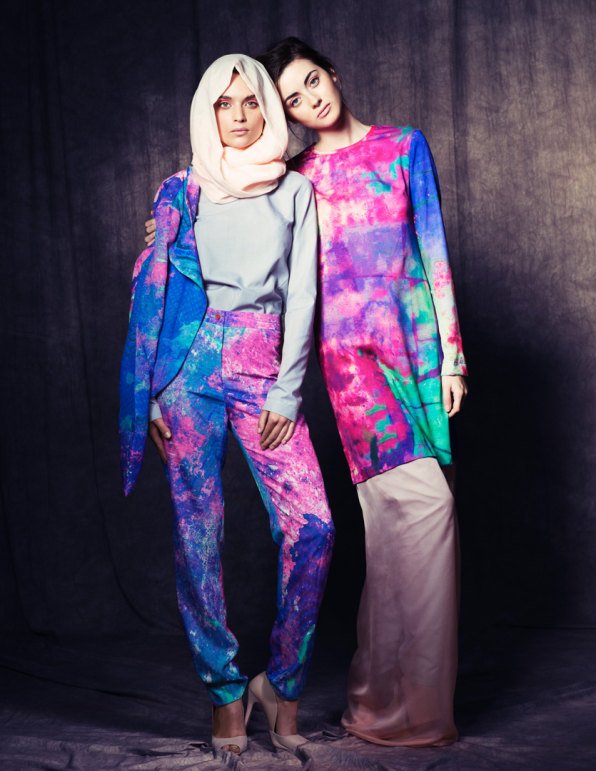
The diversity of the Islamic world
Brown points out that media portrayals of Muslim women in boring dark garments and generic head coverings makes it easy for people to stereotype Muslim communities. But by seeing the wide array of aesthetic sensibilities, people are forced to recognize that Muslim women are far from monolithic.
For one thing, the world’s 1.8 billion Muslims are spread across many parts of the globe, from South Asia to Africa to Southeast Asia to China. These cultures have very different backgrounds when it comes to dress, as well as different interpretations of modesty, ranging from covering the entire face and body to simply wearing loose-fitting clothes. “These women come from so many different backgrounds and, coupled with their own desire for self-expression, what we’re seeing is an enormous amount of creativity in terms of what Muslim women are wearing,” she says.
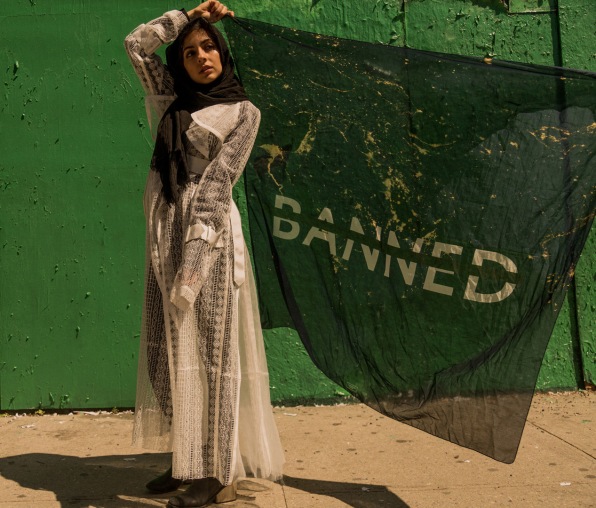
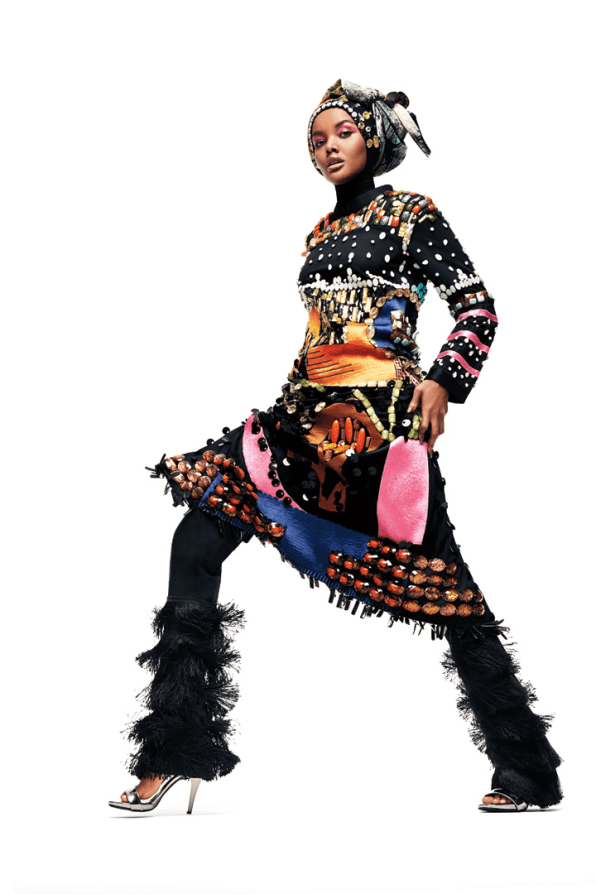

Traditional textiles, modernized
Emerging Muslim designers often find inspiration from the rich history of textile arts from the Islamic world. The exhibit spotlights a range of wide range of designers from across the Muslim world, from Southeast Asia to the Middle East. It highlights a couple of their most notable pieces from the past five years.
Jakarta, Indonesia-based Itang Yunasz, for instance, created an outfit that looks like a traditional Indonesian costume, including a hijab, long-sleeved ankle-length “abaya” dress, and a wrap. He also uses a classic ikat design on the fabric. But he remixes all these components, layering patterns and adding jewelry, so the outfit looks entirely modern.
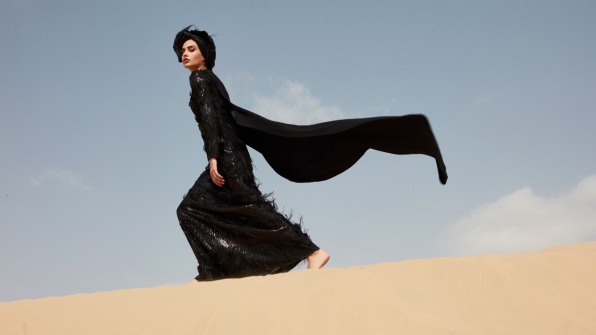
Some looks don’t read as distinctly Muslim at all. Faiza Bouguessa, who was born in France but launched her business in the United Arab Emirates, presents models without head coverings, which reflects the preferences of about half of all Muslim women. Bouguessa’s outfits are designed to cover the entire body and not fit too tightly, like her “geometric abaya” dress that covers the arms and legs, but thanks to strategic placed shapes, still looks decidedly mod.
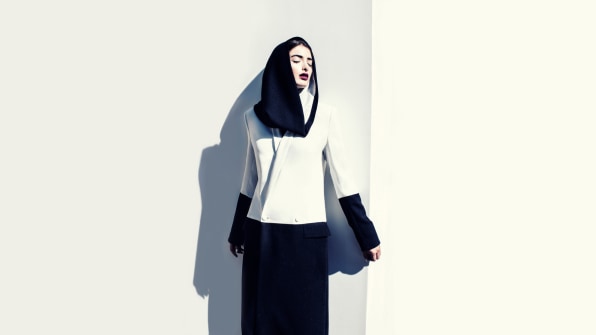
Innovation for the world
Brown says that non-Muslim consumers are increasingly interested in the newest offerings from the world of Muslim fashion. “There are many women interested in dressing more modestly, whether for religious regions or some other reason altogether,” she says. “Muslim designers create pieces that are stylish and trendy, but that also allow them to dress they way they prefer.”
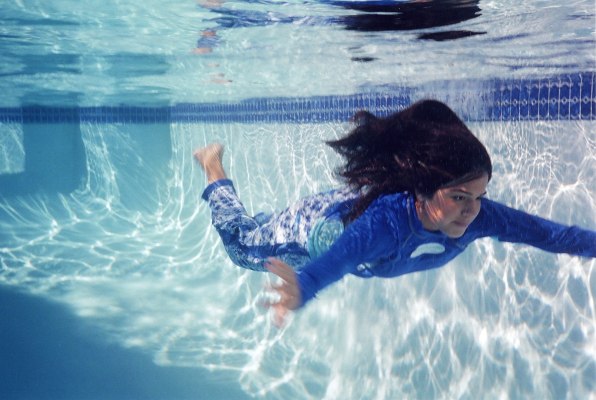
As the world becomes hotter, the fashion industry may lean into the insights of Muslim designers, many of whom create clothing for women in tropical or equatorial climates that also provide full coverage. In the West, the tendency is to shed clothing when it gets warm, but this isn’t a great solution if you want to avoid sunburn or skin cancer. But for centuries, Islamic designers have used breathable fabrics like linen and cotton, along with loose silhouettes to create outfits that keep the body cool. “Having clothes that are extremely fitted is uncomfortable for many people, for many reasons, particularly in places where it’s very hot,” Brown says. “So I think having more options is better for everybody.”
https://ift.tt/3AcpWic
Fashion
Bagikan Berita Ini














0 Response to "The $277 billion market fashion can no longer ignore - Fast Company"
Post a Comment